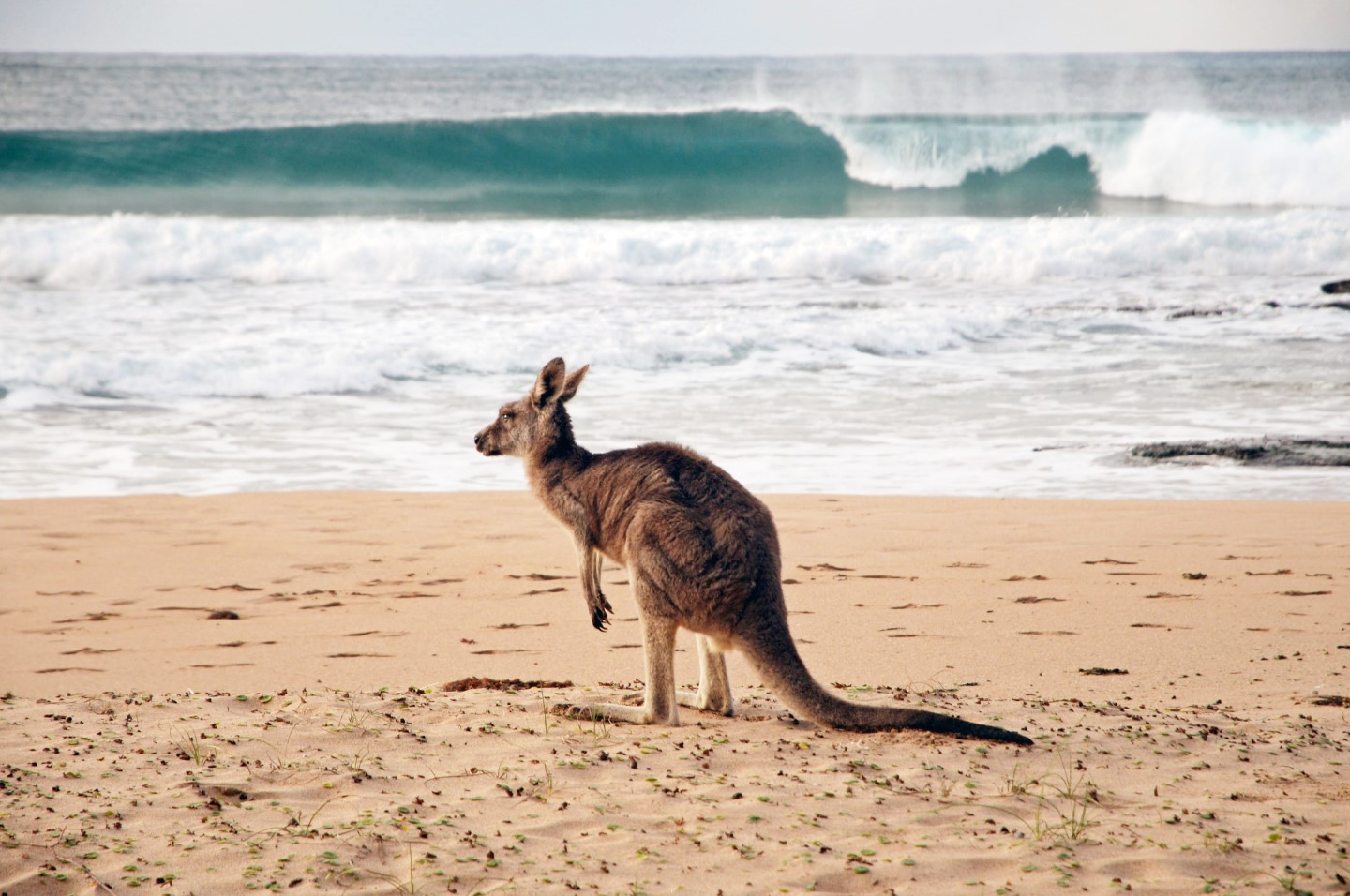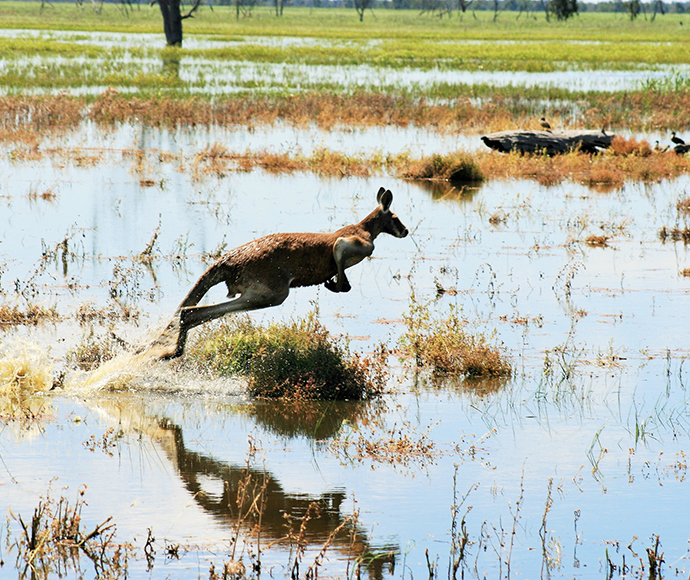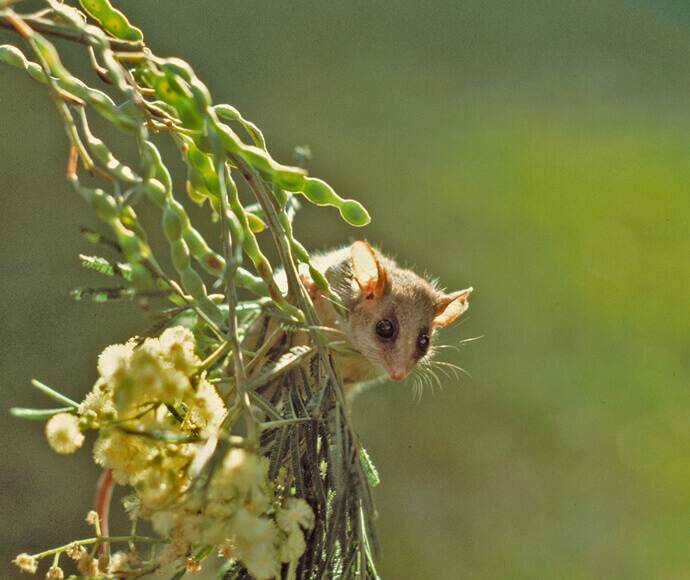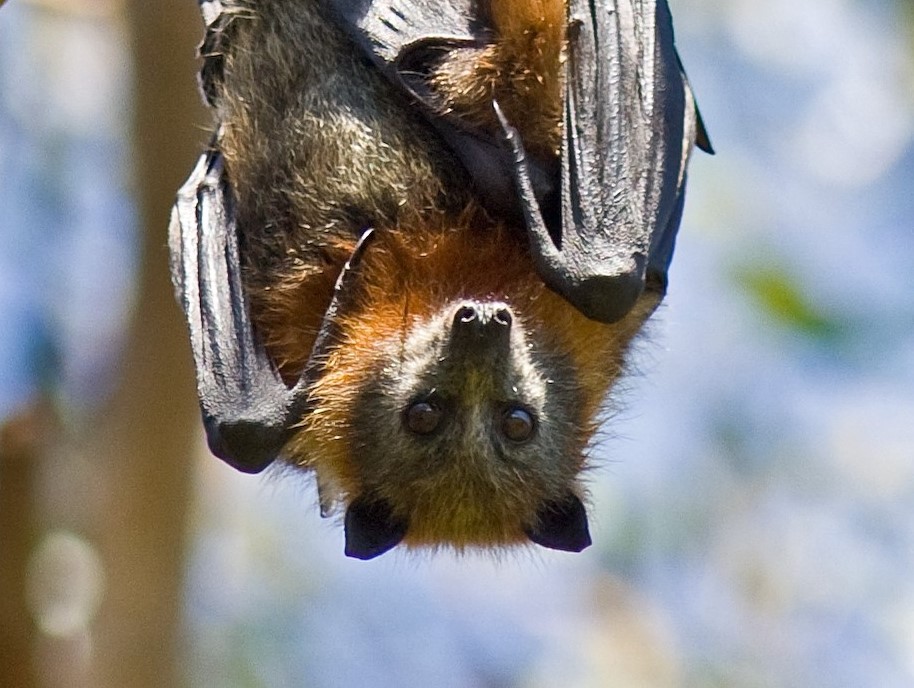The main goal of kangaroo management in New South Wales is conservation. Native animals are protected in New South Wales under the Biodiversity Conservation Act 2016. It is an offence to harm, or to buy or sell kangaroos for commercial purposes, without a licence.
Our policies, guidelines and codes of practice cover many aspects of the management and protection of our wildlife.
The National Parks and Wildlife Service provides a central advisory service for the whale migrations season.
We oversee the conservation and effective and humane management of flying-foxes in New South Wales.




